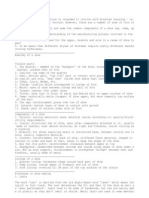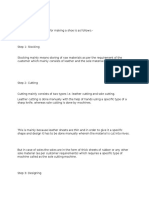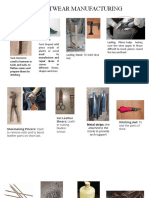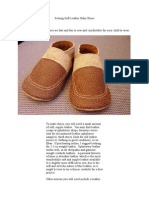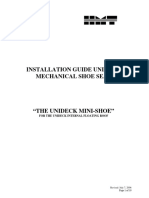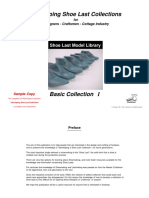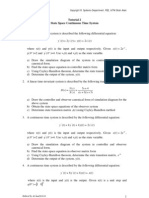0% found this document useful (0 votes)
178 views6 pagesFinal Report
The document provides an overview of shoe and leather work, detailing the skills, techniques, and tools involved in crafting shoes and leather products. It outlines various types of shoe and leather work, their uses, and a step-by-step guide on making shoes and sandals. The craft combines traditional methods with modern advancements, emphasizing the importance of detail, design, and material knowledge.
Uploaded by
fateemagidado00Copyright
© © All Rights Reserved
We take content rights seriously. If you suspect this is your content, claim it here.
Available Formats
Download as DOCX, PDF, TXT or read online on Scribd
0% found this document useful (0 votes)
178 views6 pagesFinal Report
The document provides an overview of shoe and leather work, detailing the skills, techniques, and tools involved in crafting shoes and leather products. It outlines various types of shoe and leather work, their uses, and a step-by-step guide on making shoes and sandals. The craft combines traditional methods with modern advancements, emphasizing the importance of detail, design, and material knowledge.
Uploaded by
fateemagidado00Copyright
© © All Rights Reserved
We take content rights seriously. If you suspect this is your content, claim it here.
Available Formats
Download as DOCX, PDF, TXT or read online on Scribd
/ 6




